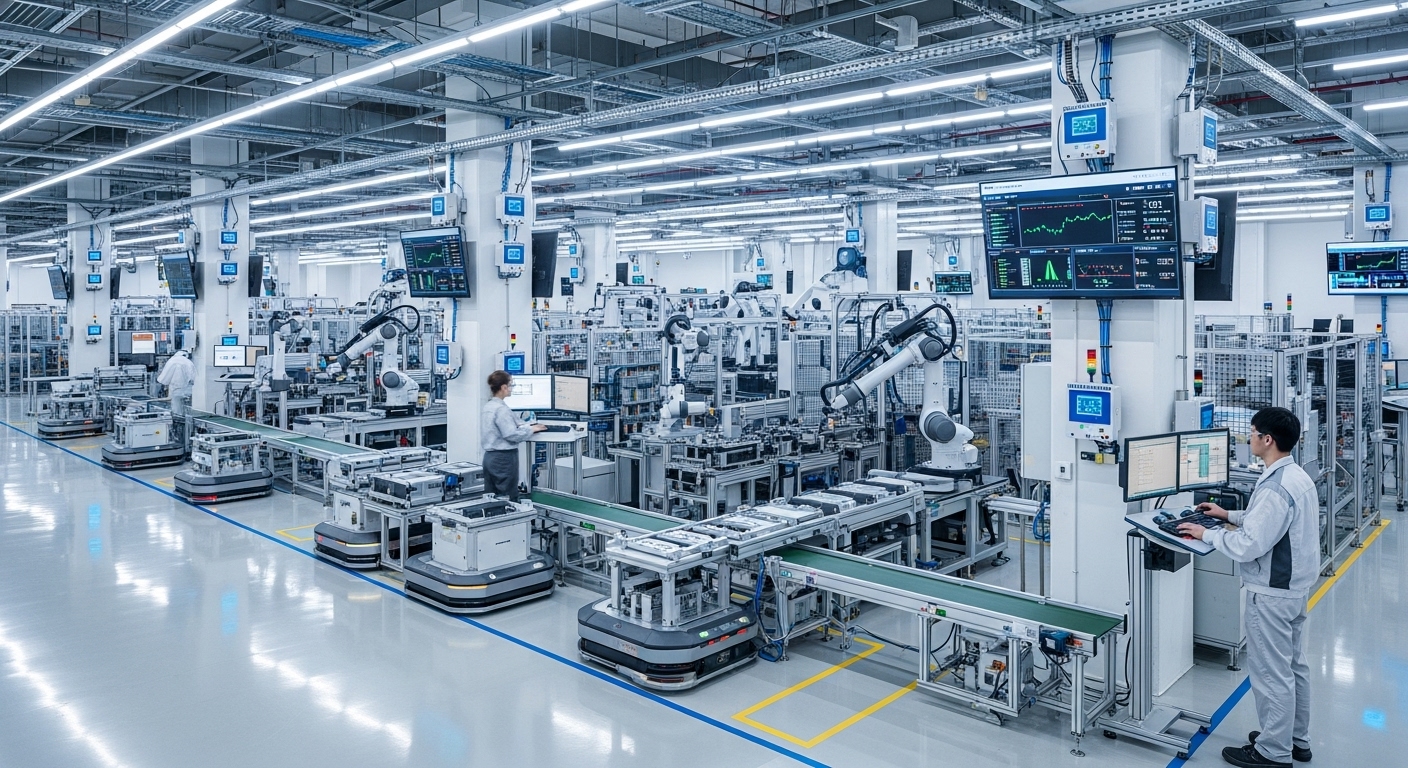Case Study: 80% Faster Model Training in HVAC Industry

Transforming HVAC Operations with Time Series AI
As Head of Customer Success at AutoEdge, I have the privilege of working closely with our customers as they transform their operations with AI. Today, I want to share one of our most impressive success stories: how we helped a major HVAC manufacturer achieve 80% faster model training while dramatically improving their forecasting accuracy.
The Challenge
Our customer, one of the top 5 global HVAC manufacturers, came to us with a complex problem. They operate thousands of commercial HVAC units across the country, each generating massive amounts of sensor data:
- Temperature readings (supply, return, ambient)
- Pressure measurements (refrigerant, air)
- Compressor performance metrics
- Energy consumption data
- Environmental conditions
Their existing approach to predictive maintenance and energy optimization relied on:
- Static threshold-based alerts
- Manual data analysis by field technicians
- Reactive maintenance schedules
- Generic energy optimization profiles
The result? They were spending millions on unnecessary maintenance visits, emergency repairs, and suboptimal energy usage.
The AutoEdge Solution
We deployed our time series foundation model platform with a twist: instead of treating each HVAC unit as a unique problem, we used our novel prompt engineering approach to encode domain knowledge directly into the models.
What Are Time Series Prompts?
Think of it like this: when you ask ChatGPT a question, you provide context to get better answers. We do the same thing with time series data. For HVAC systems, our prompts include:
- Equipment specifications (tonnage, refrigerant type, age)
- Installation context (climate zone, building type, usage patterns)
- Maintenance history
- Known failure modes for specific equipment types
This contextual information helps our AI understand not just the data, but the physical system generating it.
The Implementation
Week 1: Data Integration
We connected AutoEdge to their existing building management systems, ingesting historical data from 500 pilot units. Our platform automatically cleaned and normalized data from different sensor types and manufacturers.
Week 2: Model Training
This is where the magic happened. Traditional approaches would require training separate models for each equipment type, climate zone, and use case. With our prompt-based approach, we trained a single foundation model that could adapt to different contexts.
Traditional Approach: 2-3 months to train and validate models AutoEdge Approach: 11 days
That's an 80% reduction in training time!
Week 3-4: Validation and Deployment
We worked with their field technicians to validate predictions against actual equipment behavior. The results exceeded everyone's expectations.
The Results
Forecasting Accuracy
Our models achieved:
- 92% accuracy in predicting equipment failures 2 weeks in advance
- 87% accuracy in 30-day energy consumption forecasts
- 95% reduction in false positive alerts
Operational Impact
In the first 6 months after deployment:
Predictive Maintenance
- 68% reduction in emergency repair calls
- 45% decrease in maintenance costs
- 89% improvement in first-time fix rates
Energy Optimization
- 23% average reduction in energy consumption
- 31% reduction in peak demand charges
- $2.3 million in energy savings across the pilot sites
The Technician Experience
Perhaps most importantly, field technicians love the system. Here's what one senior tech told me:
"I've been working on these systems for 20 years. AutoEdge catches things I might miss and explains why it's flagging issues. It's like having a master technician looking over my shoulder, but one who's analyzed millions of similar units."
Key Technical Innovations
1. Domain-Aware Feature Engineering
Our prompts automatically generate relevant features based on HVAC physics. For example, we calculate approach temperatures, subcooling, and superheat values that are critical for system diagnosis.
2. Climate-Adaptive Models
The same model adapts its predictions based on location. Units in Phoenix behave differently than those in Seattle, and our AI understands these differences without separate training.
3. Failure Mode Recognition
By encoding known failure patterns into our prompts, the AI can recognize early signs of specific issues like:
- Refrigerant leaks
- Compressor degradation
- Fouled heat exchangers
- Control system malfunctions
Lessons Learned
1. Domain Knowledge Matters
Pure machine learning isn't enough. By combining HVAC expertise with AI, we achieved results that neither could deliver alone.
2. Explainability Drives Adoption
Technicians trust the system because it explains its reasoning in terms they understand. "High discharge pressure + low suction pressure + increased run time = probable refrigerant leak" makes sense to them.
3. Start with High-Value Assets
We focused initially on large rooftop units where downtime is most expensive. This maximized ROI and built organizational buy-in for broader deployment.
What's Next
We're now expanding the deployment to 5,000 additional units and exploring new capabilities:
- Integration with weather forecasting for proactive adjustments
- Automated dispatch of maintenance teams based on predicted failures
- Real-time optimization of entire building portfolios
The Broader Implications
This success story illustrates a fundamental shift in industrial AI. By using foundation models with domain-specific prompts, we can:
- Dramatically reduce the time and data needed for AI deployment
- Create models that generalize across different equipment and conditions
- Provide insights that augment human expertise rather than replacing it
Your Turn
If you're in the HVAC industry (or any industrial sector), ask yourself:
- How much are emergency repairs costing you?
- What's the value of 20% energy savings across your portfolio?
- How would your technicians perform with AI-powered insights?
The technology we deployed for this customer is available today. The question isn't whether AI can transform your operations—it's whether you're ready to lead that transformation.
Here to help you succeed with industrial AI,
AutoEdge Team
Ready to Transform Your Operations?
See how AutoEdge can help you achieve similar results with our AI-powered industrial intelligence platform.